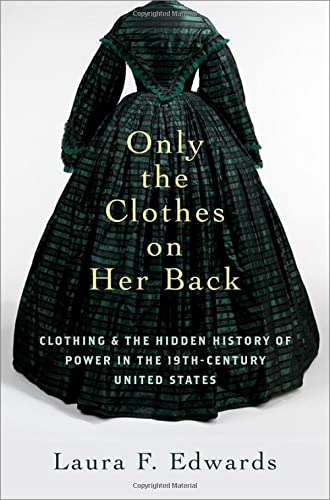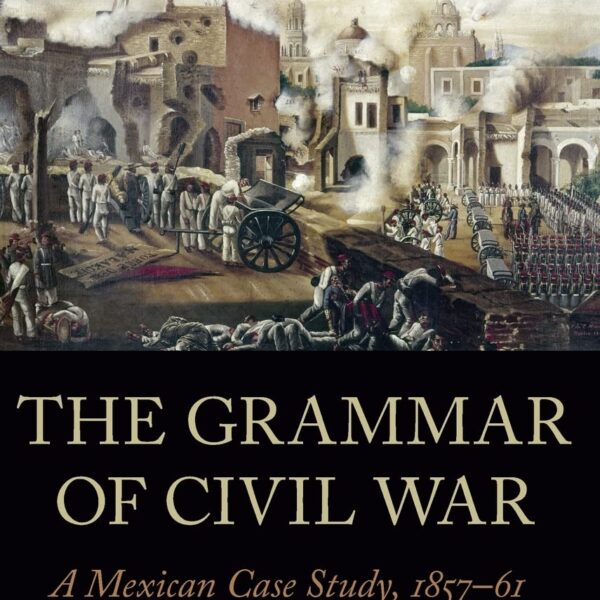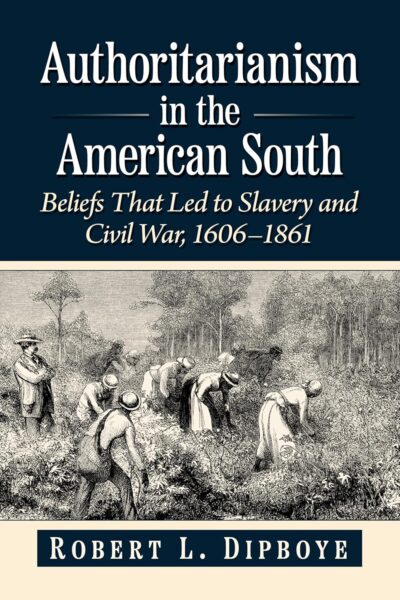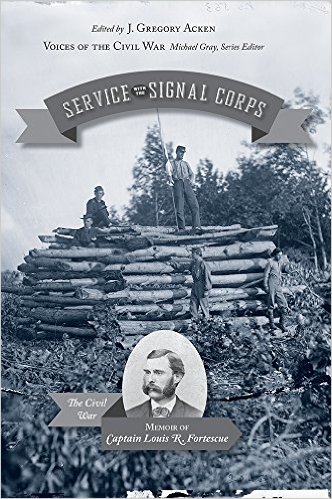Between Slavery and Capitalism: The Legacy of Emancipation in the American South by Martin Ruef. Princeton University Press, 2014. Cloth, ISBN: 978-0691162775. $39.95.
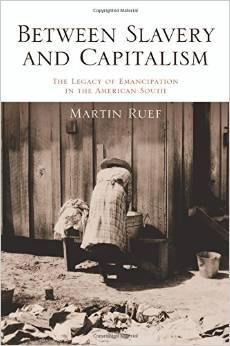 Martin Ruef opens Between Slavery and Capitalism with a simple question: “why does there continue to be so much public and scholarly discord about the aftermath of the Civil War—perhaps more than any other event in American history?” (xiii). Ruef, the Jack and Pamela Egan Professor of Entrepreneurship and Director of Markets and Management Studies at Duke University, answers this question by arguing that “uncertainty tends to be an inherent feature of profound institutional transformation” and that this “uncertainty is rooted in the construction of new social categories” (xiv). Therefore, according to Ruef, “it is necessary to examine the uncertainty of emancipation in its own time” (xiv). Ruef, a sociologist by training, distinguishes between “classical” uncertainty (the probability distribution across outcomes is unknown), “categorical” uncertainty (the inability to categorize possible outcomes), and “risk” (known probability distribution across outcomes). Ruef has an interesting idea, but the question immediately suggests itself: what does this model of uncertainty add to analysis and understanding of Reconstruction and its aftermath?
Martin Ruef opens Between Slavery and Capitalism with a simple question: “why does there continue to be so much public and scholarly discord about the aftermath of the Civil War—perhaps more than any other event in American history?” (xiii). Ruef, the Jack and Pamela Egan Professor of Entrepreneurship and Director of Markets and Management Studies at Duke University, answers this question by arguing that “uncertainty tends to be an inherent feature of profound institutional transformation” and that this “uncertainty is rooted in the construction of new social categories” (xiv). Therefore, according to Ruef, “it is necessary to examine the uncertainty of emancipation in its own time” (xiv). Ruef, a sociologist by training, distinguishes between “classical” uncertainty (the probability distribution across outcomes is unknown), “categorical” uncertainty (the inability to categorize possible outcomes), and “risk” (known probability distribution across outcomes). Ruef has an interesting idea, but the question immediately suggests itself: what does this model of uncertainty add to analysis and understanding of Reconstruction and its aftermath?
Ruef’s two primary assumptions, made in the first chapter, are based on an insufficient understanding of the historiography. For one, he contends that “enduring uncertainty was a defining feature of this transition between precapitalist and capitalist institutions” (3). Ruef makes an assumption that the South was precapitalist (even Eugene Genovese, the most notable exponent of this thesis, retreated from this idea later in life). In addition, Ruef argues that “many of the influential treatments of the postbellum era have offered ‘top-down’ political histories, in which the actions of great men, feeble carpetbagger governments, and fickle coalitions contributed to the reversal of Radical Reconstruction” (2-3). In contrast to this top-down approach, Ruef offers a “‘bottom-up’ history, in which institutional transformation is reflected in thousands of economic transactions and trajectories among blacks and whites who were learning to navigate the shoals of a Southern economy that was transitioning between slavery and capitalism” (3). However, over the past quarter century, historians such as Eric Foner, Steven Hahn, Leon Litwack, and John Rodrigue, among many others, have adopted, quite effectively, the “bottom up approach” in analyses of Reconstruction. In sum, while Ruef is familiar with some of the historical literature on the questions he is exploring, he does not have a handle on all of it.
The remaining chapters explore the impact of uncertainty on aspects of life in a Reconstruction and post-Reconstruction world. In the second chapter, Ruef deals with the construction of a free labor market and determines that “rather than shifts in morality or coercion, other institutional conditions were more salient to the valuation of emancipated blacks” (48). In the third chapter, Ruef explores status attainment among emancipated slaves and concludes that the benefits of Radical Reconstruction were mixed. In the fourth chapter, Ruef examines class structure in the Old and New South. Ruef disagrees with C. Vann Woodward’s thesis of planter decline and argues for the persistence of both the “precapitalist yeoman farmers of the Piedmont” and “planters of the Cotton Belt” (100). Institutional transformation of the South, Ruef concludes, “seemed to offer fertile conditions for an entrepreneurial class that would displace the South’s antebellum planter elite and yeoman farmers” (101), but this promise remained unfulfilled. The entrepreneurial middle class declined, and entry into it “represented an attractive yet elusive goal for white and black Southerners” (102).
Ruef’s fifth chapter asserts that uncertainty contributed to the demise of the plantation. Ruef contends that his findings “lead to a perspective on plantation decline that brings former bondsmen and women back in as agents of grassroots insurgence and change” (104). Ruef asserts that there is limited support for exogeneous factors (damages from the Civil War or pressures from population growth) as an explanation for plantation demise, and he foregrounds the freedpeople and their desire to leave plantations. Ruef reiterates the fact that his “bottom up” treatment displays the agency of the freedpeople. Yet interestingly, in a study that claims to offer a “bottom up” perspective, there are very few flesh and blood humans. Ruef includes fascinating opening vignettes at the start of each chapter, but the flesh and blood humans in these vignettes quickly fade before impersonal forces. Furthermore, as with his discussion of Reconstruction historiography, Ruef errs in his analysis of the secondary literature. For decades, historians have foregrounded African Americans by placing them at the center of the postbellum story, and have illustrated how freedpeople left plantations to reconstitute their families and search for better opportunities.
Ruef moves to discussions of credit and trade in the New South and paths of development in the sixth and seventh chapters. Ruef argues against what he sees as the stereotyped version of the economic history of the New South: “one in which predatory merchants, secure in their local monopolies over the provision of agricultural inputs and household goods, are able to charge usurious interest rates to the farmers and sharecroppers to whom they extend credit” (132). Although Ruef concedes that there is a “kernel of truth” to this argument, for African American tenant farmers and sharecroppers, there was far more than a “kernel of truth.” Ruef posits that the credit system was deployed to manage uncertainties, but that Robert Dun’s Mercantile Agency’s system’s effects “in taming the economic uncertainty of trade in the New South were less definitive” (154). In terms of paths of development, Ruef offers “a historical approach to understanding local development that underscores the idiosyncrasy of places and how such idiosyncrasies may be assessed in terms of local organizations” (157) and a model that emphasizes the importance of uncertainty. Ruef modestly observes that, in proposing this framework, he sought to complement, not replace, conventional economic models of growth.
Ruef’s final chapter deals with emancipation in comparative perspective. However, as with other chapters, Ruef’s attention to the secondary literature on comparative postemancipation societies is incomplete. Following Charles Tilly’s words, Ruef offers “big structures, large processes, and huge comparisons” (182). Ruef contends that “when the transition from antebellum slavery is framed through the lens of uncertainty, a number of parallels stand between it and other instances of emancipation in the Western hemisphere” (183). The problem, of course, is that historians have analyzed this transition for decades and never needed Ruef’s uncertainty model to develop striking conclusions. There is something to be said in aspiring to big conclusions, but Ruef does not provide enough evidence of the benefits of the uncertainty model to convince readers that it is the sine qua non in analysis of comparative emancipation—let alone that of Reconstruction and the New South.
To conclude, this is not a book for a lay audience. Nor is it a book for undergraduates (or even one that would appeal very widely to graduate students). This is a book for sociologists and possibly for economic historians. As a work of sociology, perhaps Between Slavery and Capitalism succeeds; as an interdisciplinary work attempting to engage some of the great historical questions about Reconstruction and the New South, it does not.
Evan C. Rothera is a Ph.D. candidate in the Department of History at The Pennsylvania State University.

